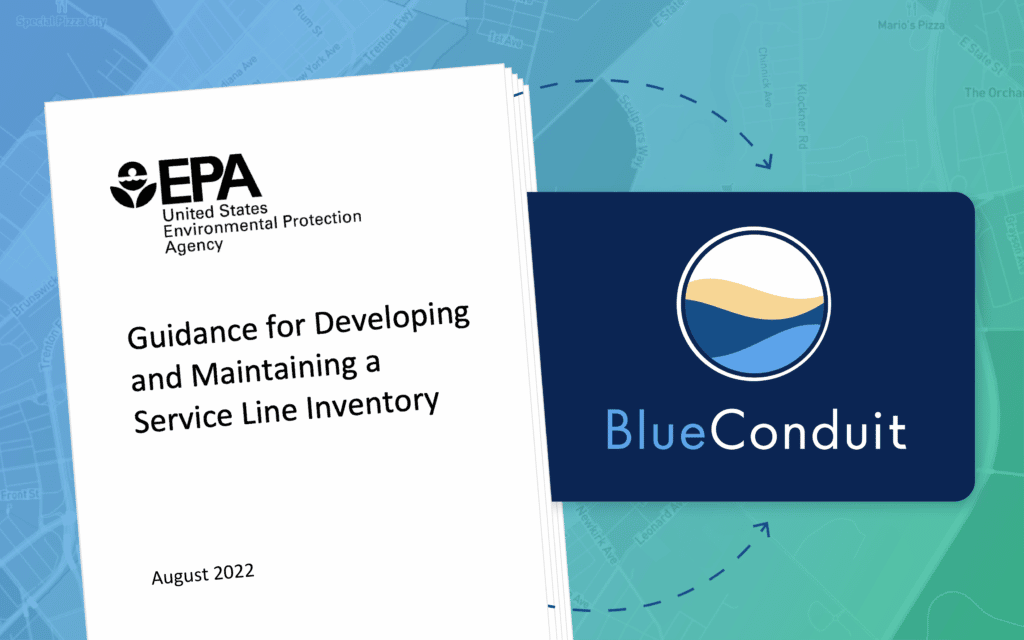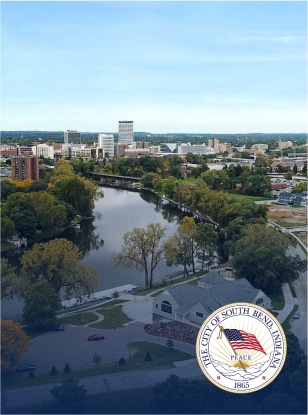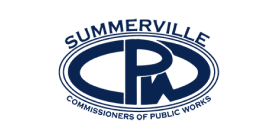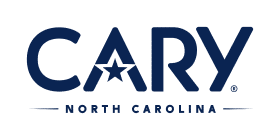LCRR Compliance
Reduce the Unknowns in your Lead Service Line Inventory and Replacement Plan via Predictive Modeling
Take the first step by scheduling a consultation with one of our experts. Whether you’re seeking to optimize operations, improve efficiency, or enhance decision-making processes, we’re committed to providing you with the insights and tools necessary to succeed.
Have a question, need assistance, or interested in partnering with us? We’re here to help! Reach out to our dedicated team of experts.
Let’s get the lead out!
Water utilities have until October 2024 to comply with the EPA Lead and Copper Rule Revisions (LCRR).
LCRR requirements include preparing and submitting their
- Lead Service Line Inventory (LSLI)
- Lead Service Line Replacement Plan (LSLR)
- Public Communications Plan
- Water Sample/Testing Plan
All requirements hinge on an up-to-date inventory. The challenge is that many water systems do not know where the lead lines are nor how many they have.
We can help.
Water utilities use BlueConduit predictive modeling to:
- Reduce the uncertainty and the number of unknowns in their service line materials inventory.
- Optimize the number of inspections.
- Prioritize lead service line replacements by risk to the vulnerable, increasing equity and improving trust through transparency.
- Automate reporting in the state-appropriate format.
Field teams using BlueConduit predictions regularly achieve hit rates greater than 80%. That high hit rate comes from digging in the right place to get the lead out.
Our Guide to the Guidance
Did you see it? BlueConduit was mentioned in the US EPA’s Guidance for Developing and Maintaining a Service Line Inventory August 2022. We compiled some key highlights on best practices to:
- Prep your data
- Use predictive modeling as a service line investigation method
- Create publicly-accessible maps


Does Your State Accept Predictive Modeling?
The EPA included predictive modeling in its Guidance for Developing and Maintaining a Service Inventory, then deferred to state regulators to decide how they want their water systems to engage with the technology.

Michelle Smith
Director of Water Quality for the South Bend Utilities | South Bend, IN








